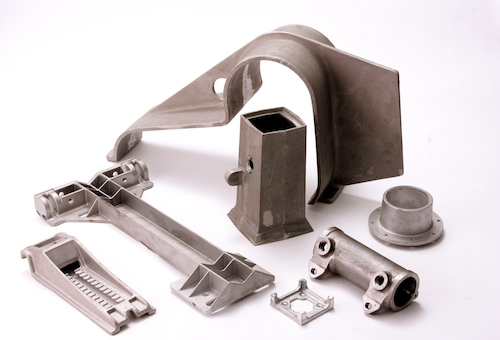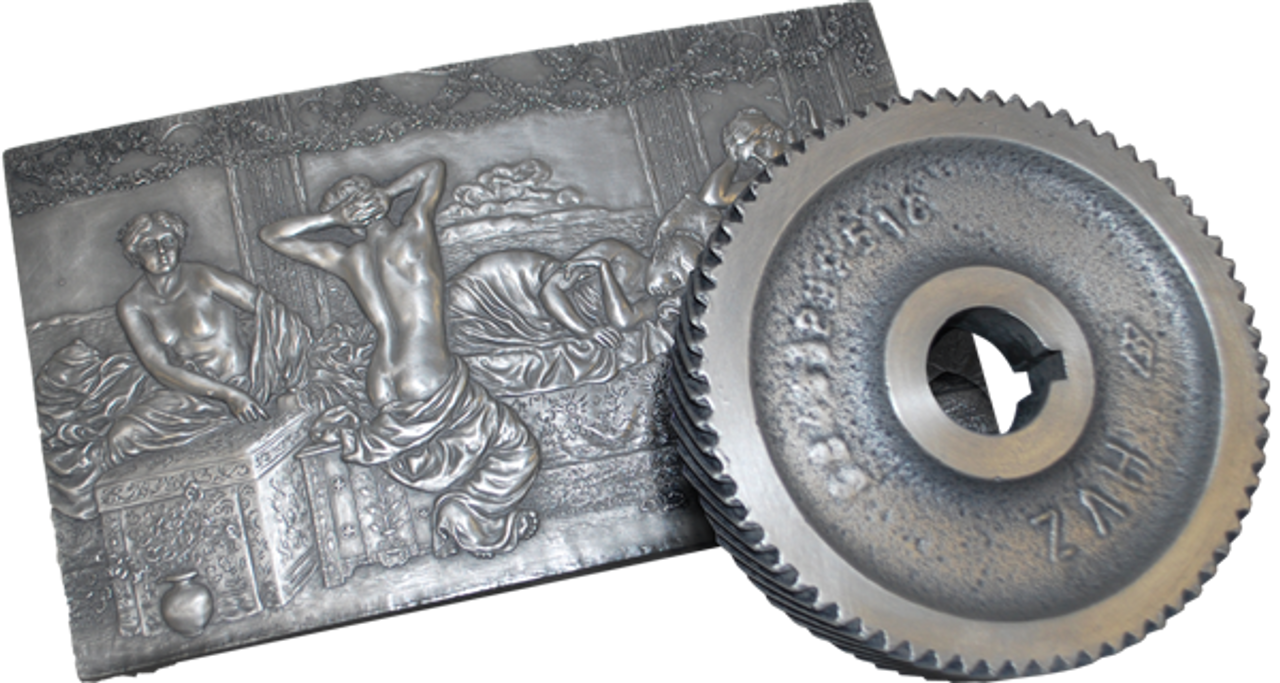Exploring Aluminum Metal Casting for durable industrial parts
Comprehensive Guide to the Uses and Manufacturing Techniques in Aluminum Factory Operations
The comprehensive guide to aluminum shop operations presents vital understandings right into the diverse applications of light weight aluminum throughout numerous markets. It systematically checks out essential production strategies, thawing procedures, and molding techniques that contribute to accuracy and high quality. Furthermore, the guide highlights the importance of ending up processes that enhance both mechanical residential properties and appearance. Understanding these components is important for anybody associated with light weight aluminum production, questioning about ideal methods and innovations in the area.
Review of Aluminum Spreading Applications

Additionally, the construction sector benefits from aluminum castings in architectural elements and structural elements, offering sturdiness and resistance to deterioration. Consumer goods, such as pots and pans and appliances, additionally make use of aluminum castings for their warm conductivity and visual charm. The electronics industry relies on light weight aluminum for real estates and warmth sinks, making certain reliable thermal monitoring. Overall, aluminum spreading's versatility permits it to fulfill varied market requirements effectively, strengthening its significance in contemporary manufacturing techniques.
Trick Manufacturing Techniques in Aluminum Foundry
In the domain name of light weight aluminum factory operations, various manufacturing strategies play an essential role in shaping the end products that offer diverse industries. Casting Foundry. Trick strategies include sand spreading, pass away casting, and investment spreading, each offering unique advantages based upon the application requirements
Sand spreading makes use of a blend of sand and binder to create mold and mildews, permitting complex geometries at reduced expenses. Pass away casting, on the various other hand, utilizes high-pressure injection of liquified aluminum right into steel molds, making certain accuracy and a smooth surface coating, ideal for high-volume manufacturing. Financial investment spreading provides exceptional dimensional precision and surface area top quality, making it ideal for intricate layouts.
Additionally, techniques such as irreversible mold and mildew spreading and gravity die casting better enhance the adaptability of aluminum foundry procedures (aluminum casting company). Each approach is selected based on aspects like production quantity, part complexity, and product homes, making certain positive outcomes across different applications
Thawing Procedures and Temperature Control
Reliable melting procedures and precise temperature control are essential for attaining optimal light weight aluminum shop procedures. The melting of light weight aluminum usually entails various methods, including crucible melting, induction melting, and rotary melting, each with its very own benefits and applications. Crucible melting is frequently utilized for little sets, while induction melting offers effective heating and uniform temperature circulation.

Molding Techniques for Accuracy Castings
Grasping molding techniques is essential for producing precision spreadings in aluminum shop procedures. Various methods, such as sand, financial investment, and pass away casting, play a critical function in accomplishing preferred tolerances and surface finishes. Sand casting, for circumstances, makes use of a mixture of sand and binder to develop molds, permitting huge components and complex styles. Investment casting, on the various other hand, utilizes wax patterns that are coated in ceramic product, leading to very detailed and exact forms. Pass away casting utilizes high-pressure shot of liquified light weight aluminum right into metal mold and mildews, making sure constant measurements and quick manufacturing prices.
Each strategy has its benefits and is selected based on variables such as complexity, volume, and mechanical residential or commercial properties needed. Efficient mold design, consisting of airing vent and gating systems, additionally improves the high quality and accuracy of the finished item. Comprehending these molding techniques makes it possible for factories to meet particular sector demands and improve overall functional efficiency.
Completing Processes to Improve Light Weight Aluminum Parts
Ending up procedures play a crucial role in boosting the efficiency and aesthetic appeals of light weight aluminum elements. These processes, which websites follow casting, aim to improve surface area high quality, rust resistance, and mechanical buildings. Usual techniques include machining, which refines dimensions and surface area coating, and polishing, which enhances visual charm by creating a smooth, reflective surface area.
Anodizing is an additional substantial procedure, supplying a durable oxide layer that safeguards against wear and corrosion while enabling shade modification. In addition, powder finishing supplies a wide variety of finishes and colors, guaranteeing both security and visual improvement.
Sometimes, elements may go through shot blowing up to enhance and remove impurities bond for succeeding finishings (aluminum casting company). Overall, these ending up procedures are vital for maximizing the functionality and life expectancy of light weight aluminum parts, making them suitable for diverse applications throughout various markets
Often Asked Concerns
What Safety And Security Actions Are Necessary in Aluminum Factory Workflow?
In light weight aluminum shop operations, vital precaution consist of individual safety devices, appropriate air flow, fire avoidance methods, normal devices maintenance, training for employees on risks, and preserving clear emergency procedures to ensure a risk-free functioning environment.
Exactly How Do Environmental Rules Effect Aluminum Foundries?
Environmental guidelines significantly impact light weight aluminum shops by enforcing criteria for emissions, waste management, and source usage. Conformity usually demands investments in cleaner procedures and technologies, inevitably affecting operational expenses and manufacturing efficiency within the sector.
What Occupation Opportunities Exist in Light Weight Aluminum Foundry Workflow?
Numerous career opportunities in light weight aluminum foundry operations consist of duties such as factory specialist, mold designer, top quality control assessor, procedure designer, and manufacturing supervisor, each adding to efficient manufacturing and innovative processes within the market.
Exactly How Is Top Quality Control Achieved in Light Weight Aluminum Spreading?
Quality assurance in light weight aluminum spreading is attained via strenuous inspections, standardized testing procedures, and making use of advanced technologies. Regular monitoring of temperature, composition, and dimensional accuracy warranties items fulfill defined criteria and client demands.
What Are the Typical Problems in Aluminum Castings and Their Causes?
Common issues in light weight aluminum castings include shrinkage, porosity, and surface area roughness. Causes frequently stem from improper mold and mildew style, inadequate putting methods, and next page contamination, impacting the overall honesty and performance of the end product.
The considerable guide to light weight aluminum factory operations offers essential insights into the diverse applications of aluminum throughout numerous markets. Aluminum spreading plays a vital function in numerous markets due to its versatility and desirable buildings. Pass away spreading, on the other hand, uses high-pressure injection of liquified light weight aluminum right into steel molds, making company website certain precision and a smooth surface area coating, ideal for high-volume manufacturing. Additionally, methods such as irreversible mold spreading and gravity die casting better enhance the adaptability of light weight aluminum foundry procedures. Mastering molding methods is essential for creating accuracy spreadings in aluminum shop procedures.